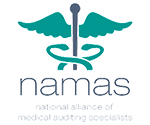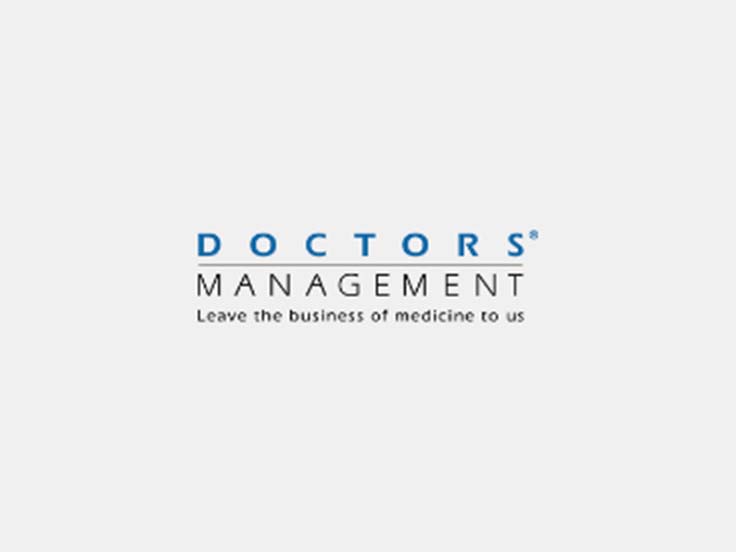April 24, 2020
New Requirements, New Challenges, New Opportunities for Practices
Stanley Nachimson
After a lengthy period of comments and discussions with industry leaders and vendors, the final Interoperability Rules for EHRs and health plans were released by HHS. These rules contain a myriad of technical and policy requirements for the electronic exchange of standardized data among providers and with health plans. Yet these requirements will also give providers (and patients) much more complete information about their health status, the opportunity to more easily switch between EHR vendors, and for patients to take their history with them as they move between plans or providers. The key for practices will be to learn about the requirements, update their EHRs and train their staffs, and work with patients to take advantage of these new capabilities.
Compliance dates are unknown because the regulations say that deadlines are 6 months and 24 months after they are published in the Federal Register. As of today, these rules have not been published and it is not clear when they will be.
A few new terms to become familiar with (written in non-regulatory language) –
United States Core Dataset for Interoperability (USCDI)
A basic, standardized set of health data which will be required for exchange between and among providers, health plans, and patients. It will be the dataset most often exchanged with patients through mobile and computer applications.
Fast Healthcare Interoperability Resources (FHIR)
A base set of exchange standards with content/data that can be used in the majority of healthcare use cases. It enables the sharing of the dataset easily among different users through Internet and mobile applications.
Application Program Interface (API)
The programming that allows a mobile or computer application to connect with another computer to send or receive data in a standardized way. This allows developers to create lots of applications for interoperability because they know how to interface with other computers.
New Requirements for Certified Electronic Health Records
The final ONC rule institutes two new “interoperability” criteria that EHRs must meet. These are:
- The ability to export virtually all data for one patient and for all patients in a computer-friendly manner.
This enables an individual patient (or other authorized entity) to get a copy of all their data, but more importantly for providers it enables the easy transfer of data from one EHR to another if the provider changes their software platform.
- The ability to support standard FHIR APIs to enable patients to use their choice of mobile or computer applications to get a copy of their USCDI information, to enable other providers to get this information, or for other entities to get a copy of multiple patients’ USCDI.
What does this mean for compliance, coding, and auditing? There are several actions that practices will need to take. First, your EHRs need to meet the new interoperability requirements at the appropriate time. This is a vendor issue. The first deadline, the API support for exchanging USCDI data, must be met 24 months after the publication of the rule. The deadline for the exchanging of full electronic data is 36 months after the rule publication. While this may seem far out, vendors will need to do considerable work and testing to make this happen, and practices will need time to install, train, and being using these capabilities. Communicating with your vendors will be critical.
The second step will be arranging for the data exchange with your patients and other providers. It is hoped there will be a large demand and a large number of mobile apps for patients to get their data. You will have to work with patients to help them understand capabilities and what data they can expect. Regarding other providers, these standardized and automated exchange procedures will enable practices to receive clinical information from hospitals and other doctors on which to make important clinical decisions. This information will then become part of the patient’s record. The receipt and use of exchanged data should be an important part of your documentation, for auditing and medical review purposes.
Another significant portion of the new rules is the implementation of blocking provisions. In general, these provisions prohibit providers, health plans, and vendors from taking certain actions to make these required data exchanges prohibitively burdensome. They include actions such as implementing IT in nonstandard ways which increase complexity, setting contracting or business rules that interfere with the exchange of data, and charging excessive fees for data access and exchange or technology. There are permitted exceptions such as for legitimately protecting patient privacy and security of data, preventing harm to patients, and responding to infeasible requests (due to timing or volume, for example).
Overall, it is expected that there will be a flourishing of clinical data exchange and use for patients and providers. A robust market of applications will be created allowing a wide choice of methods and uses of data, but all following the standards established in the rules. HHS believes that this data exchange will lead to improved health care as providers will have greater access to patient data.
This Week’s Audit Tip Written By:
Stanley Nachimson
Mr. Nachimson is principal of Nachimson Advisors, a health IT consulting firm dedicated to finding innovative uses for health information technology and encouraging its adoption.
What to do next…
- Contact us to discuss your audit needs by calling (800) 635-4040 or email [email protected].
- Read more: What can you expect from a coding and compliance review?
Here’s why thousands of providers trust DoctorsManagement to help improve their coding and documentation.
Quality of coders and auditors. Our US-based auditors receive ongoing training and support from our education division, NAMAS (National Alliance of Medical Auditing Specialists). All team members possess over 15 years of experience and hold both the Certified Professional Coder (CPC®) as well as the Certified Professional Medical Auditor (CPMA®) credential.
Synergy – DoctorsManagement is a full-service healthcare consultancy firm. The many departments within our firm work together to help clients rise above the complexities faced by today’s healthcare professionals. As a result, you receive quality solutions from a team of individuals who are current on every aspect of the business of medicine.











